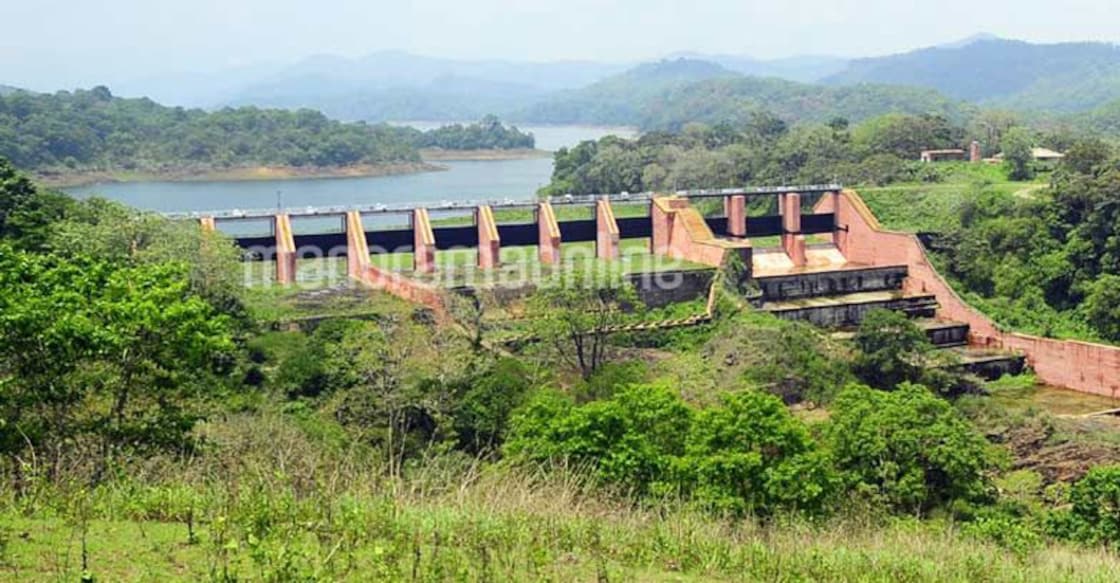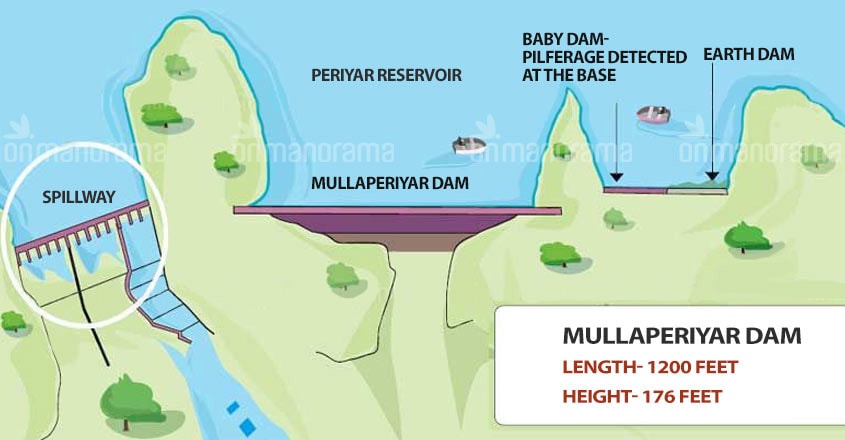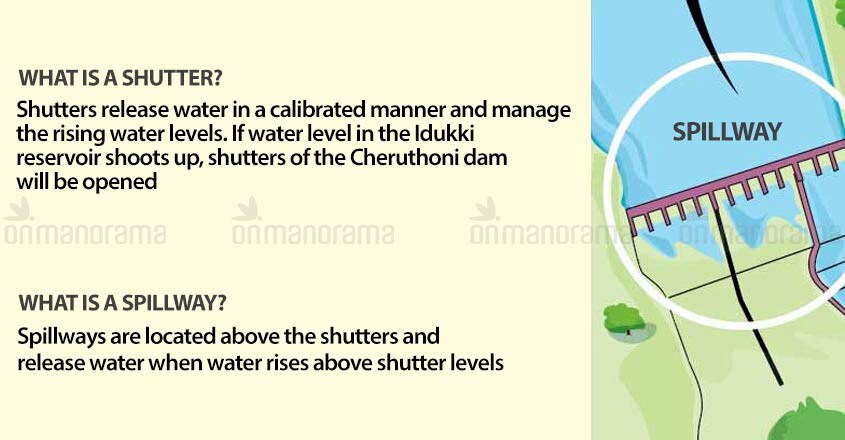Laos tragedy adds to fears over brimming Mullaperiyar dam

Mail This Article
Pathanamthitta: The recent collapse of a hydropower dam in Southern Laos that left several dead and thousands homeless has heightened fears of a catastrophe as was widely dread a few years back, leading to tension between Kerala and Tamil Nadu over the safety of the 123-year-old reservoir.
The people of Idukki and the thickly populated districts downstream have been living in constant fear, especially as the dam is currently brimming in the aftermath of continuing downpour.
Earlier, it was even assessed that the dam would not survive an earthquake above 6.0 magnitude on the Richter scale, especially if the water level is high. Meanwhile, the Tamil Nadu government has been maintaining that it is Kerala's responsibility to ensure the safety of people living downstream.
The catchment areas of the reservoir have been receiving copious rain in the last few weeks and the water level has almost touched 136 ft.

A joint meeting of the officials representing the two states was convened by the Supervisory Sub-Committee on Mullaperiyar dam at Thekkady the other day as the water level hit this mark.
At the meeting headed by V Rajesh, executive engineer, Central Water Commission, Tamil Nadu made its stance clear, paying scant regard to Kerala's plea to draw as much water as possible to reduce the water level.
Tamil Nadu has reduced the intake of water from 2,300 cubic feet (cft) per second to 2,000 cft per second.
The state’s representatives also rejected Kerala’s long-pending demand to show them the operating manual system which contains details such as the quantity of water released per second for every inch of lifting the shutter.
Why 142-ft level is crucial?

A 2014 Supreme Court verdict had reaffirmed its earlier verdict allowing Tamil Nadu to raise the water level in the dam from 136 ft to 142 ft.
The apex court declared the Kerala Irrigation and Water Conservation (Amendment) Act, 2006, which froze the height of the water level in the dam to 136 ft in order to prevent Tamil Nadu from raising the water level, as unconstitutional and an ‘invasion’ of Tamil Nadu's rights.
The final verdict allowed Tamil Nadu to release water from the dam only after the water level reached the maximum capacity of 142 ft. During the corresponding period a year ago the water level held steady at 111 ft.
Seismological risks

Some years ago, a research team headed by John Mathai, a senior scientist with the Centre for Earth Sciences (CESS) in Thiruvananthapuram, found that as many as 26 low-intensity tremors were recorded in the region during the four month-period between July 26 and November 26, 2011.
As a result of movement along two parallel faults passing through the valley, a major earthquake cannot be ruled out, the research team warned.
If something untoward happens, it will take at least 10-15 minutes for the people living in the valley to move to areas of higher altitude.
The ensuing flood situation would send the water rushing down 50 km downstream in the Periyar river, and raise the water level to 36 m at the Vandiperiyar bridge on the KK road. If a dam-break occurs, there is every possibility of water from the reservoir flowing into the Pampa river as well.
Idukki dam too filling up
The water level in the Idukki reservoir has been on the rise for the past few days, filling up to 81.15 per cent of the total capacity of the dam. At the current level, the authorities will be forced to open some of the spillway shutters of the reservoir within a week’s time.
If a dam-break occurs at Mullaperiyar when the Idukki reservoir is at the maximum water level, floodwaters may submerge the structure. A major part of the Idukki district will also be marooned.
Moreover, the dam’s structural stability will be further weakened if it remains submerged in the water.
Warnings go unheard

Although several such warnings were issued by experts in the past, authorities now choose to avoid discussing these issues following court directions to refrain from acts that 'affect peace and harmony'.
Ever since the Supreme Court ruling, the Kerala government has been adopting a soft stance, allowing Tamil Nadu to draw whatever amount of water they require. It is high time the state government conducted a dam-break analysis.
Developing risk assessment and flood mitigation methods using mathematical and supercomputer models would help assess intensity and impact of a dam-break and preventive steps could be initiated, taking into consideration the quantity and force of the water expected to rush down.
For now, one can only place our trust in the apex court which categorically concluded that the Mullaperiyar dam is hydrologically, structurally and seismically safe for raising the water level beyond 136 ft, and seepage measurements indicate no cracks in the upstream side of the dam.

